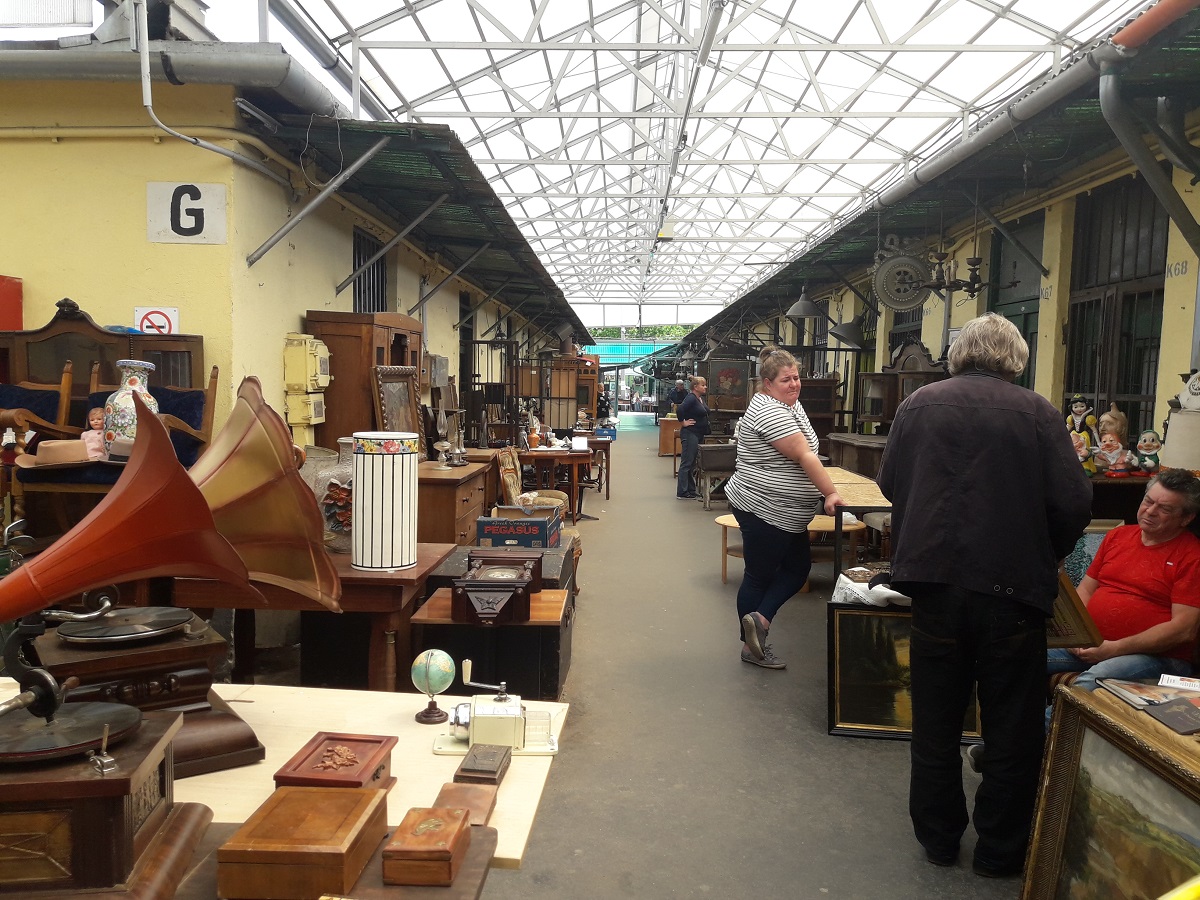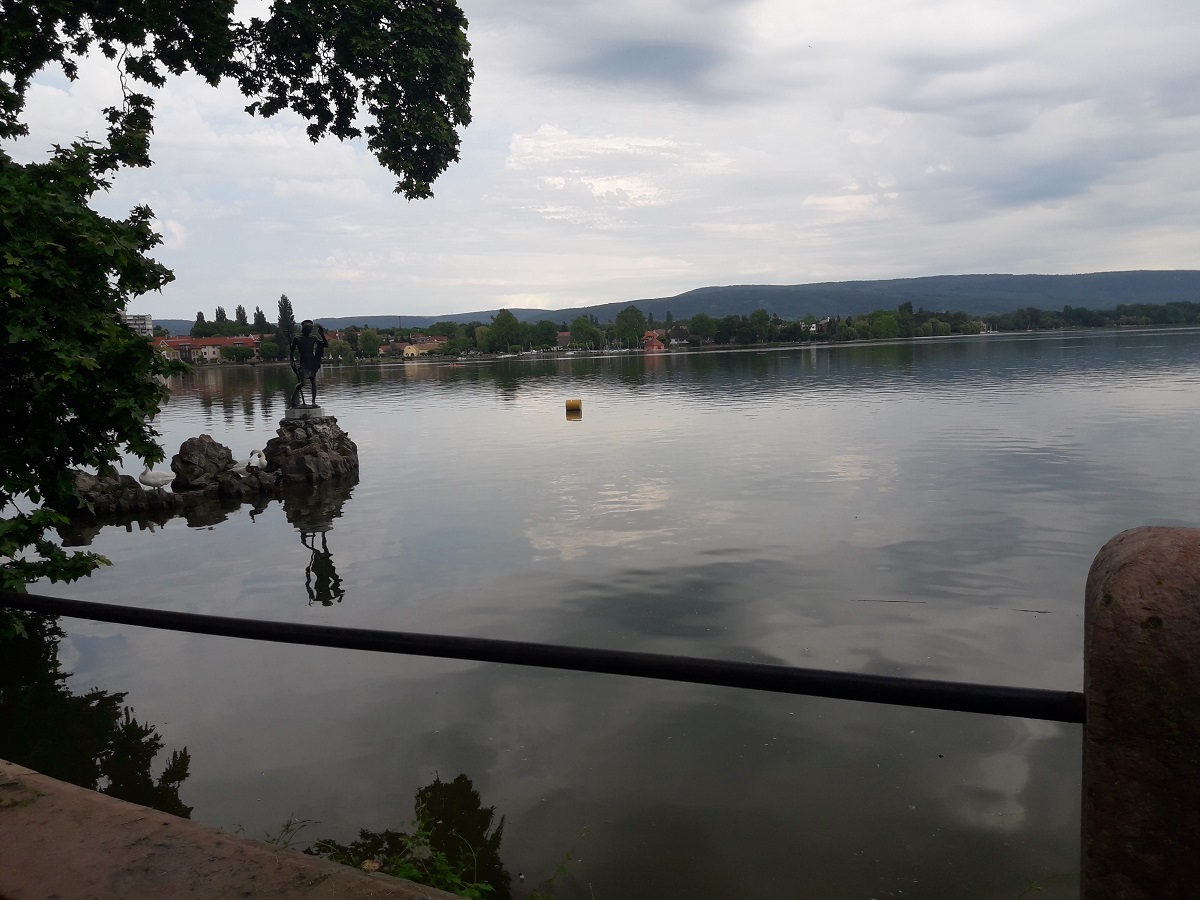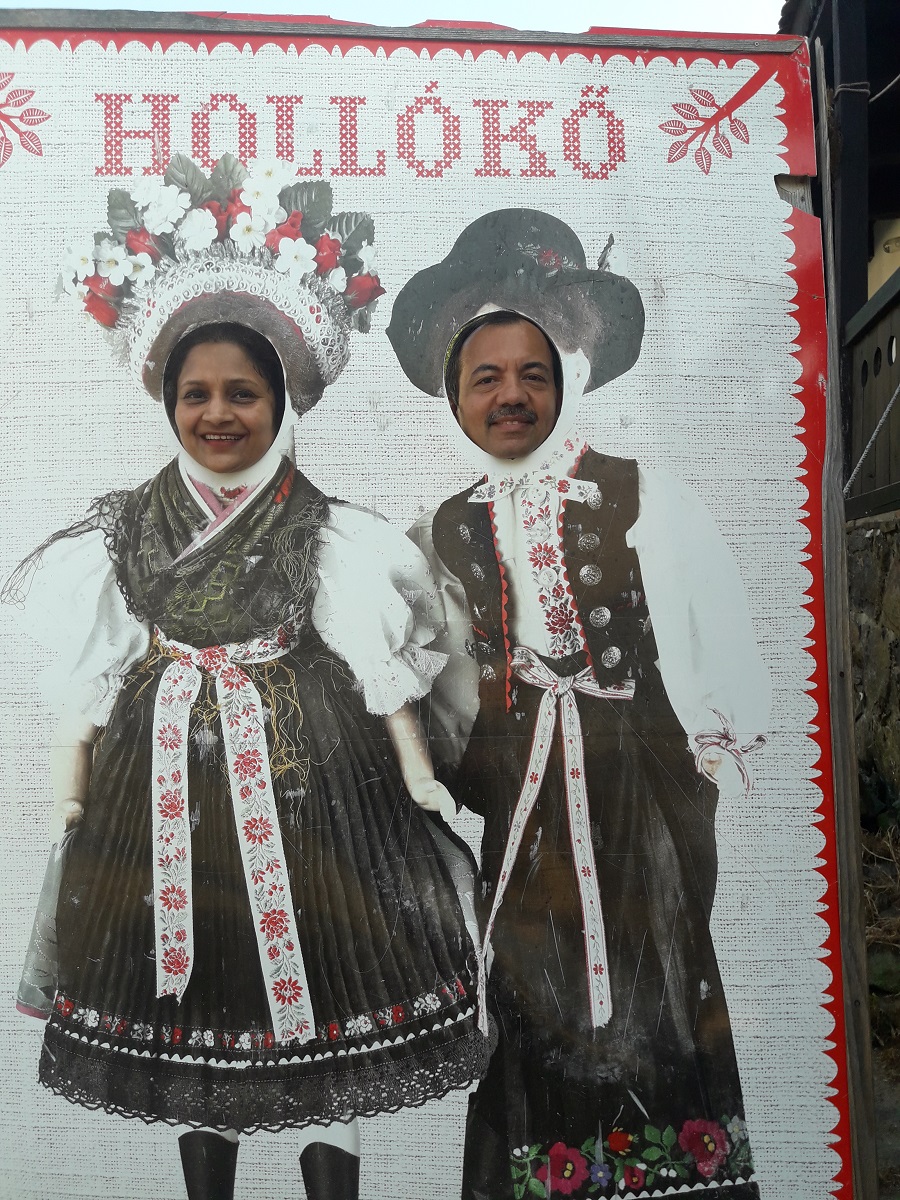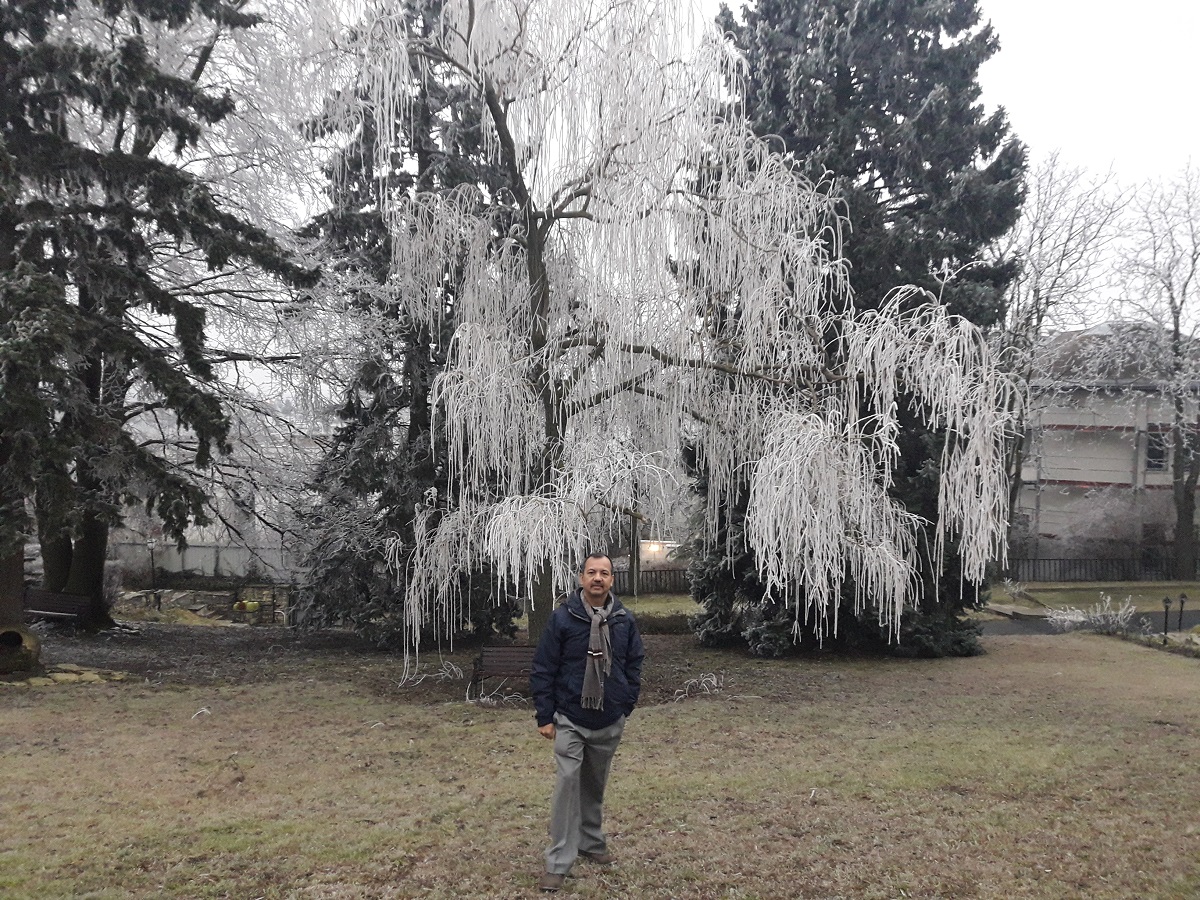
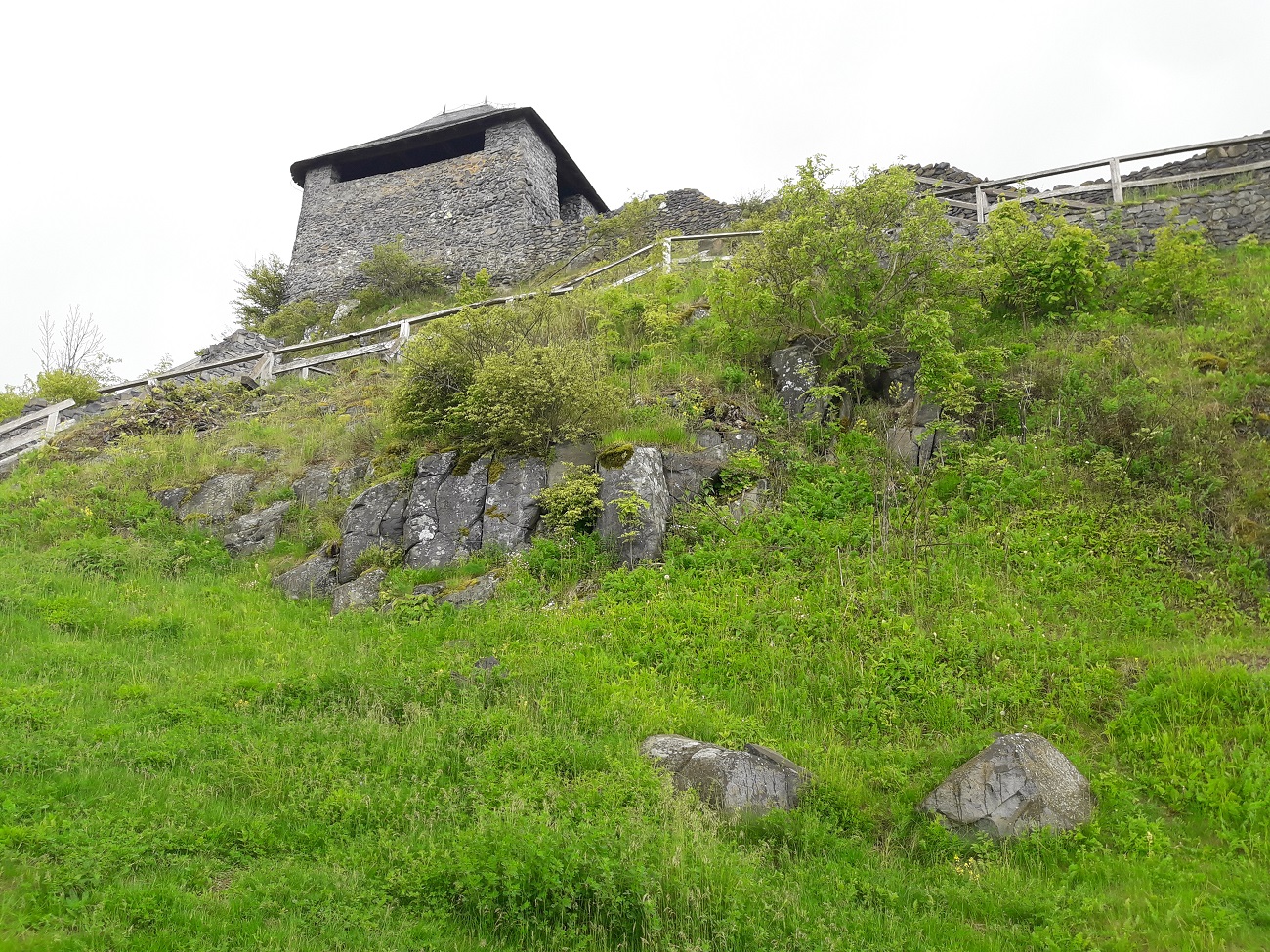
Salgó and Somoskő Castles are twins separated by Hungary-Slovakia border. Salgo has been in ruins since the Turks abandoned this small border post in the late 16th century after capturing it in 1554 and then keeping it under their occupation briefly. On a clear day, one can spot the Somoskő Castle in the Slovakian territory from Salgo easily.
Salgovar is linked to two of the most famous poets of Hungary, Balint Balassi and Sandor Petofi. Balint Balassi briefly owned it, though there was a lawsuit with his brother Ferenc Kover over the ownership. He himself died in 1594 in the siege of Esztergom, and his nephew did not take care of the property thereafter.
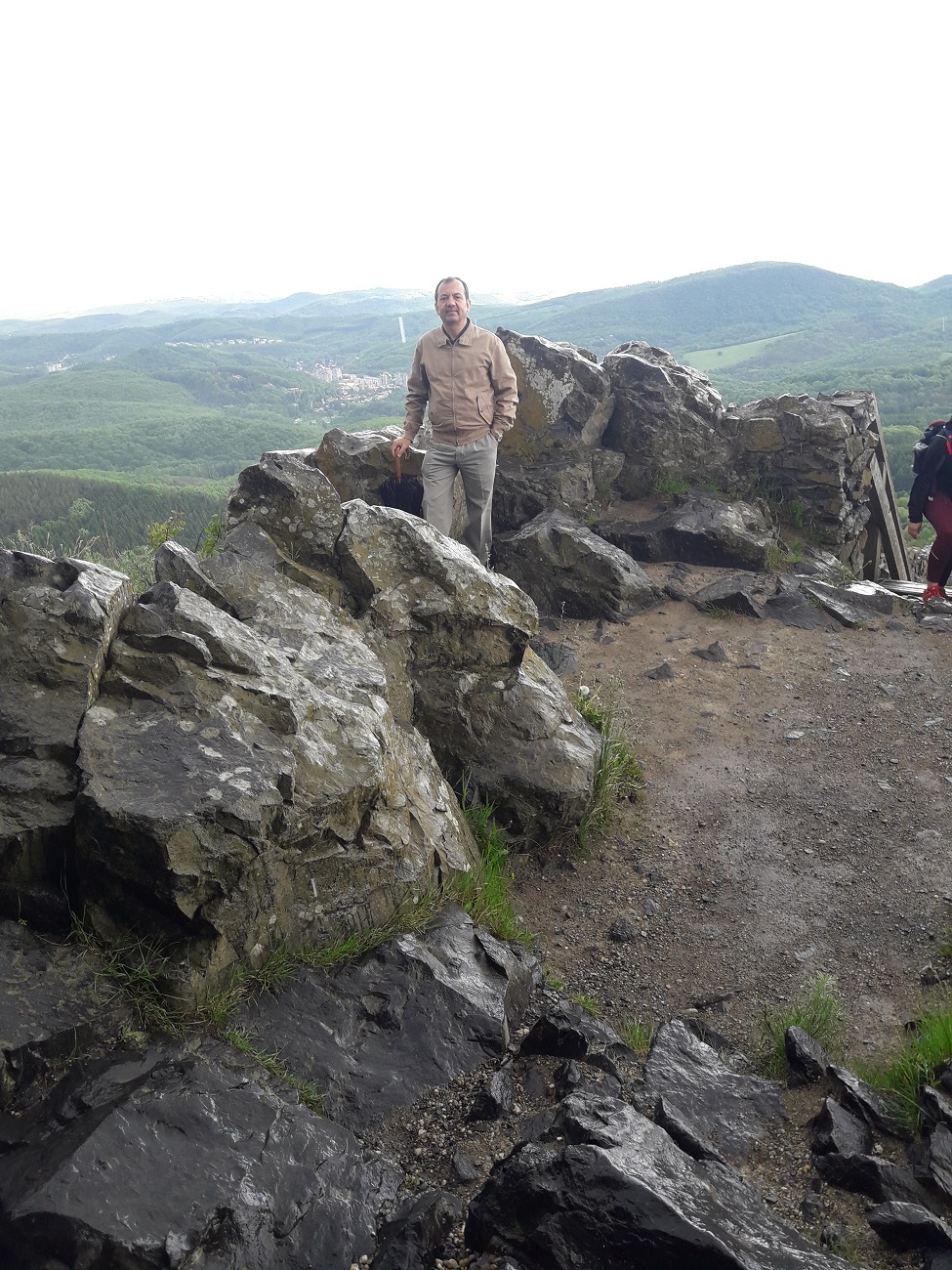
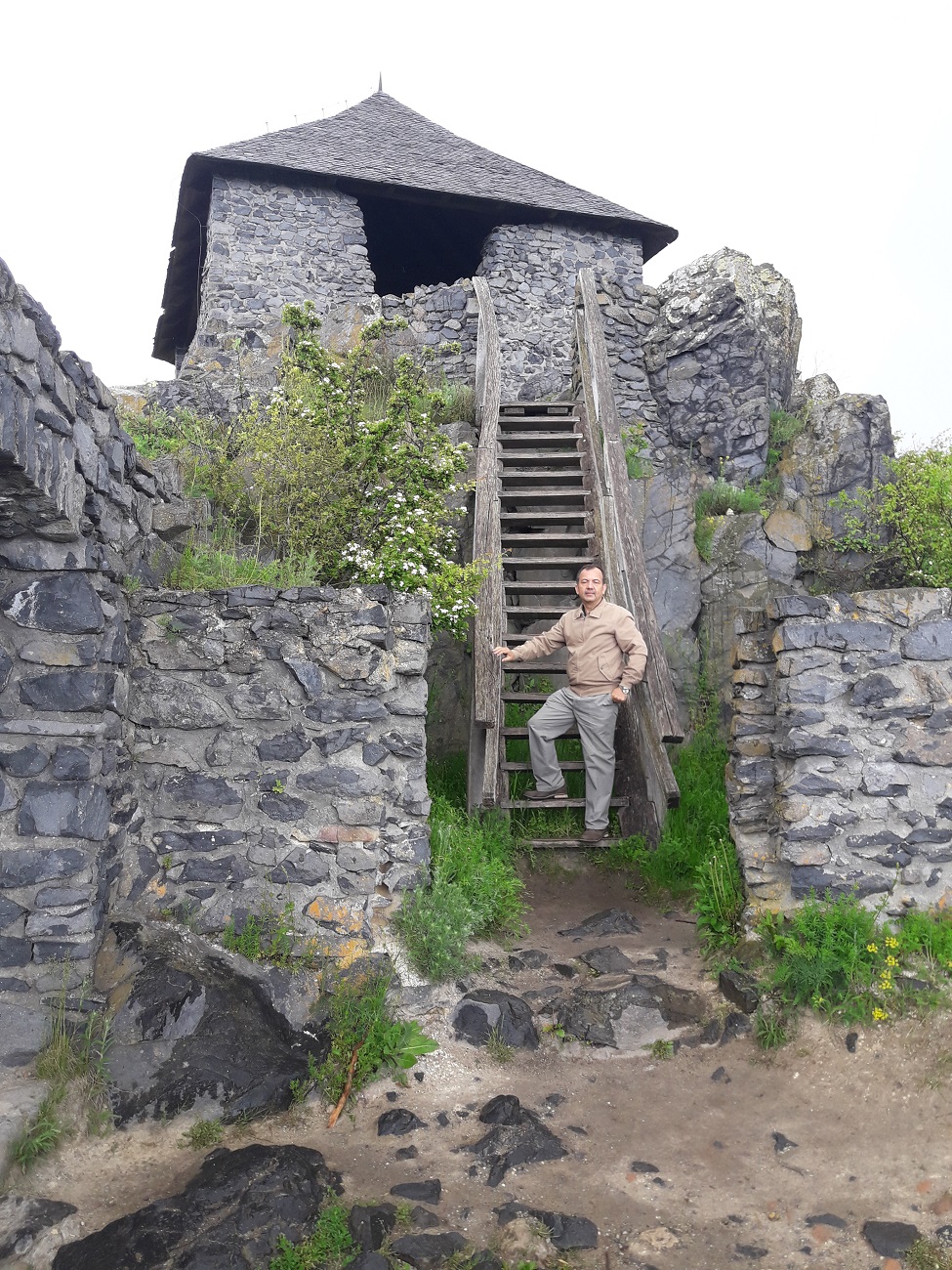
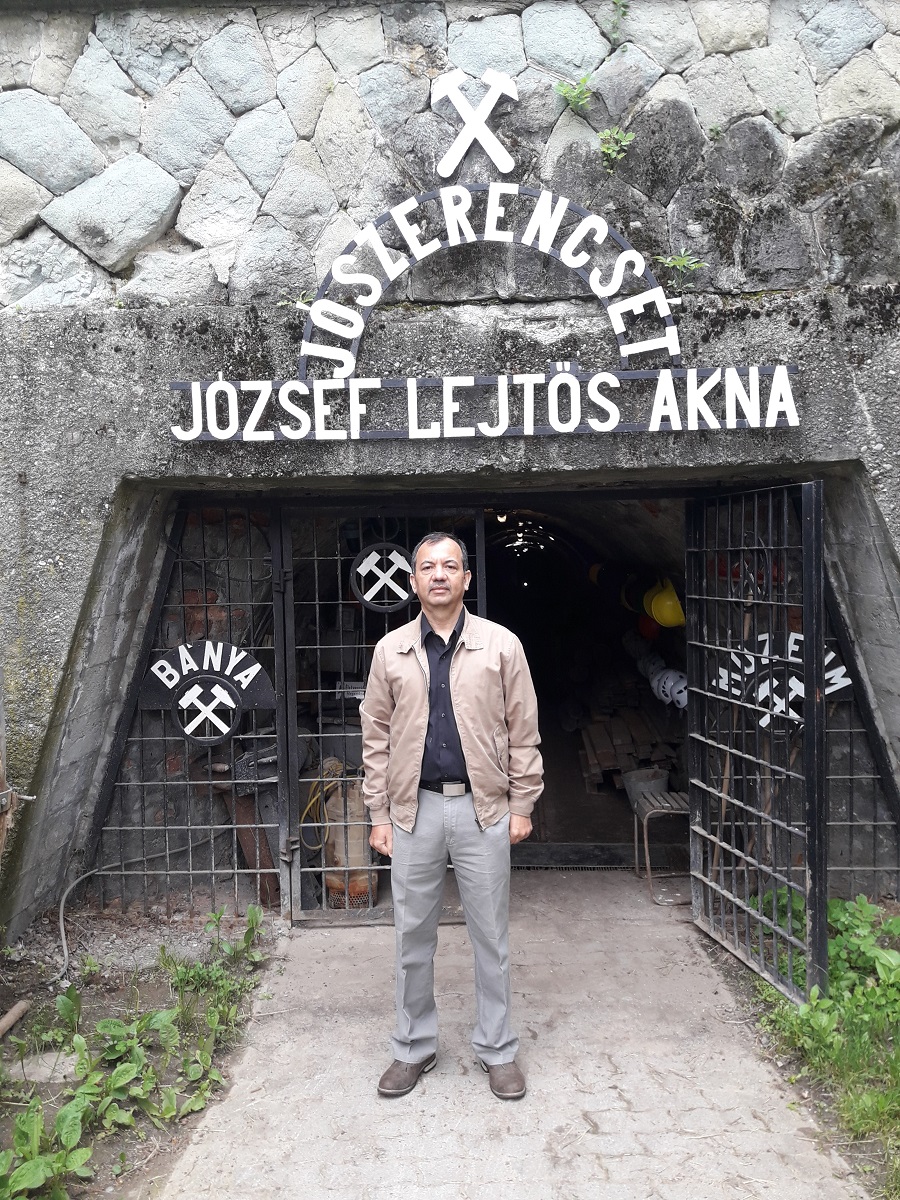
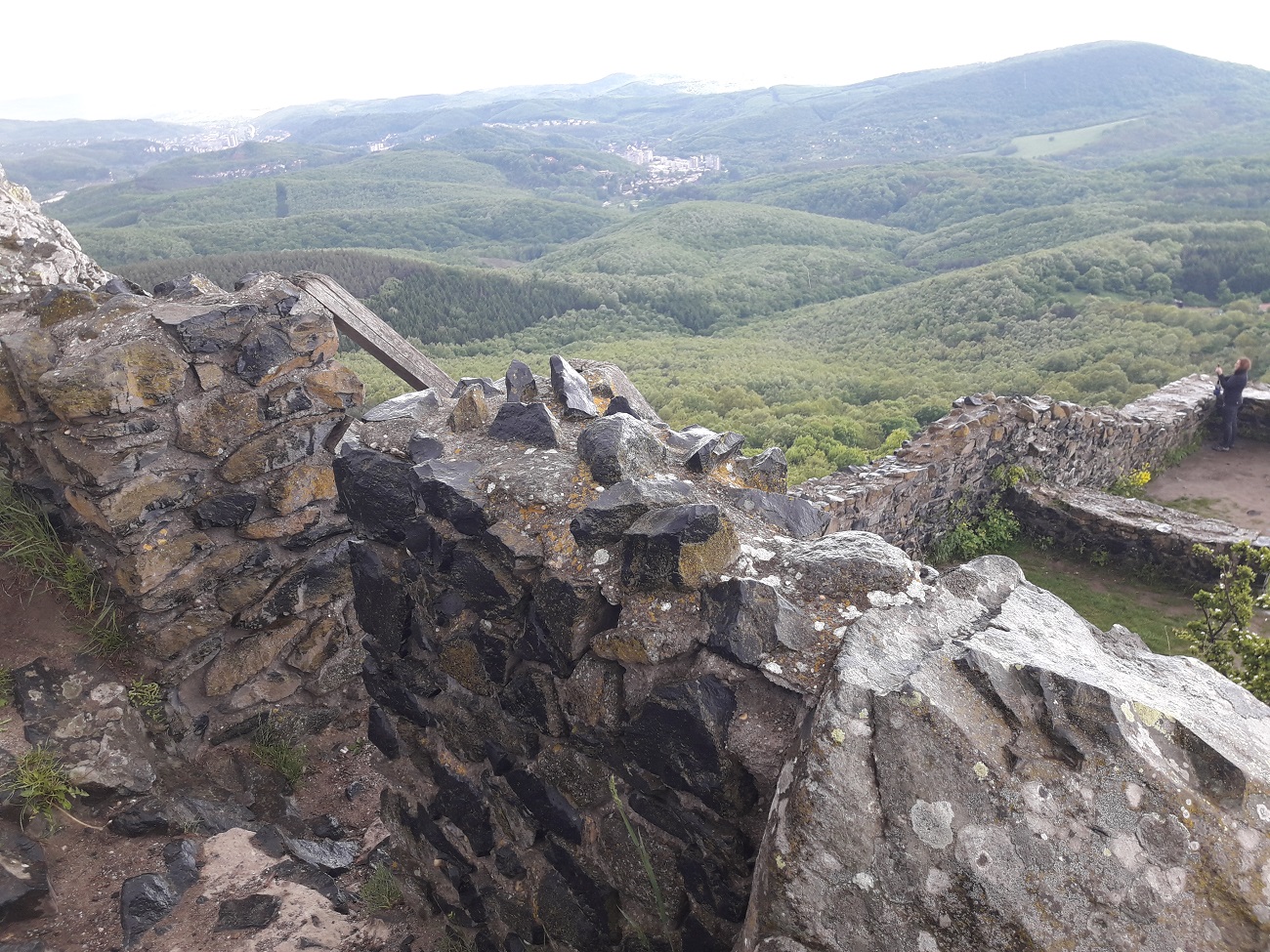
When Sándor Petőfi visited the Salgo ruins on 11 June 1845, he was clearly moved and wrote:
‘There may
not have been a castle in Hungary, which had been a closer neighbour to the stars as Salgo. I have been sitting for
a long time at its highest peak, my sight wandered through miles, my soul wandered over centuries.' In poem ‘Salgo’
that he later wrote:
"Az éhes hollók tápláléki lettek.
Igy állt sokáig Salgó zajtalan,
Csak a hollóknak károgása szólt
Holttetemekkel megtelt udvarában;
S alant a völgyben a népség futott
A szél elől, mely Salgóról jöve"
(translation below):
The hungry ravens became food.
This is how Salgó stood silent for a long time,
There was only the roar of the ravens
In a courtyard full of corpses;
And below the valley the population ran
From the wind that came from Salgo
My initial plan was only to visit the Bányamúzeum (Mining museum ) in- Salgótarján,
which is about one and half hours drive from Budapest, and drive up to Salgo just to have
a glimpse from below. The mining museum was however much better than we had anticipated.
The guide who took us inside the 280-m long coal mine (now converted into a museum) was
affable and talkative. He of course spoke in Hungarian and Miklos, our driver, did the
translation for us. Being encouraged by my mine experience, I thought of giving the Salgo
Var also a try and trekked up to the castle. The incline is generally very gentle, except
for a very short section at the top. It took me about 15 minutes from the car park to reach the top.
I was surprised to find the columnar basalt formations at the top, created by a volcanic
eruption about 5 million years ago. In the Carpathian basin, with green fields all around,
this was the first time I had come across such a structure. Salgo, at its 625 metres height,
is among the most visited peaks in the Medves region. The construction started in the
13th century by the Illes branch of the Kacsics clan apparently to get better protection
from the invading Mongols (1241-1242) and small additions / alterations made by many
owners till it was completed around 1500 by the Szapolyai family. Compared to the enormous
forts in India, it is a rather small
construction for a castle and appears more like a fortified post.
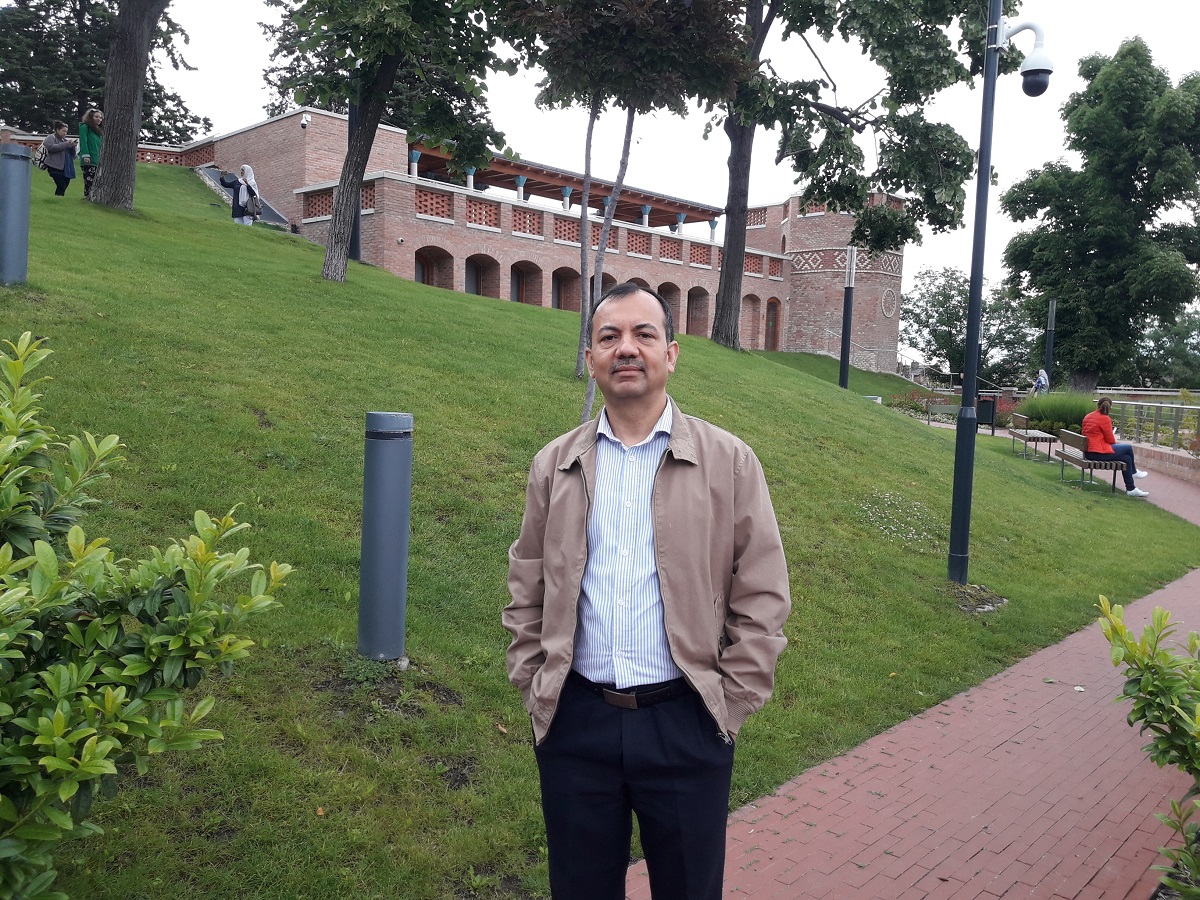
Farthest outpost of Turkish reach in Europe It is described as the northernmost Islamic pilgrimage site in the world. Gul Baba, died during the conquest of Buda, Hungary, by the Ottoman Sultan Suleiman. We landed here when Budapest (and Hungary) were in the initial phases of opening after the first wave of coronavirus lockdowns. There was hardly any crowd at the site, only a few persons moving about aimlessly. Sky was overcast, and occasional rain drops were giving me warning of their plans.
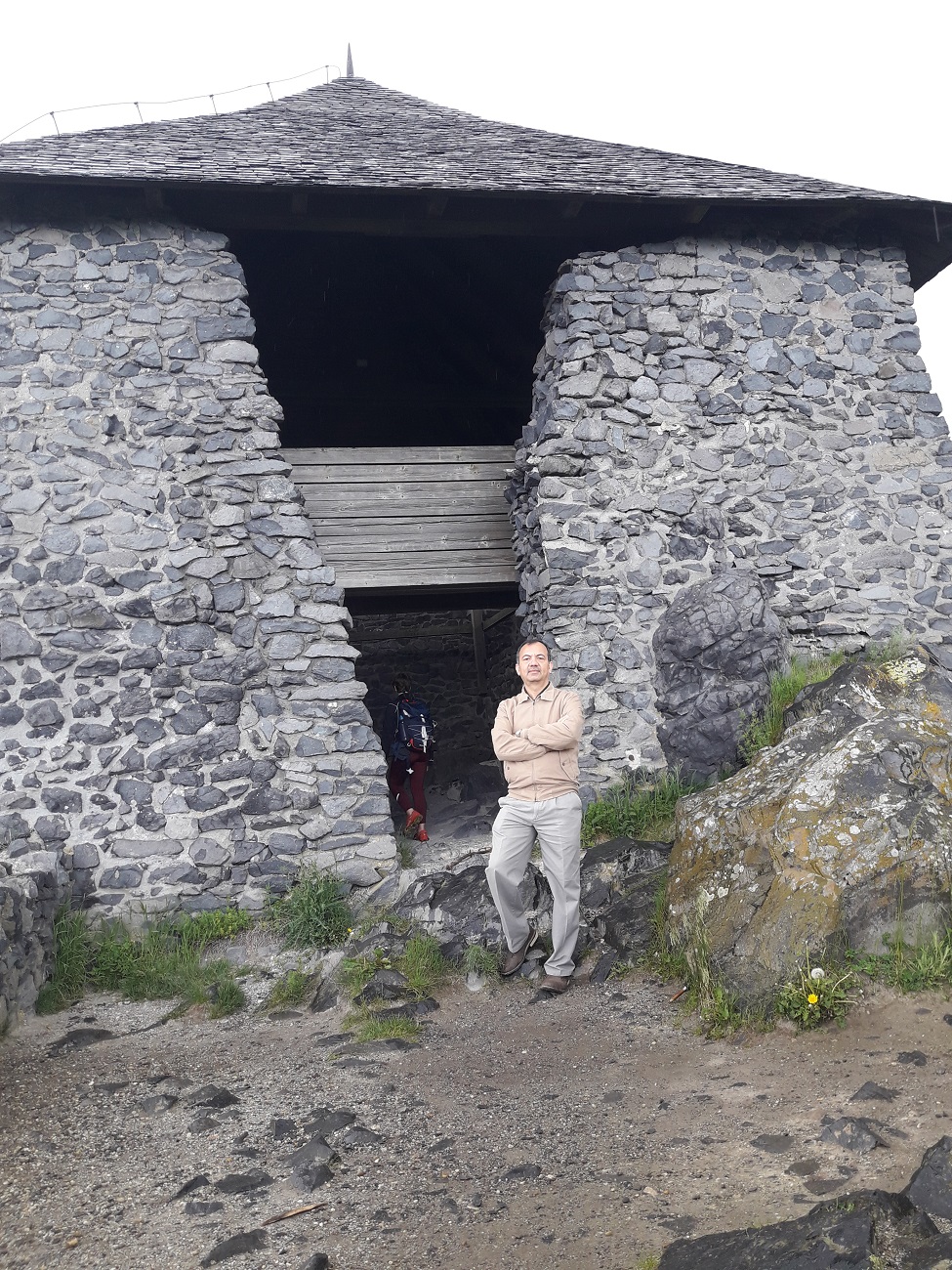
Standing guard over centuries.
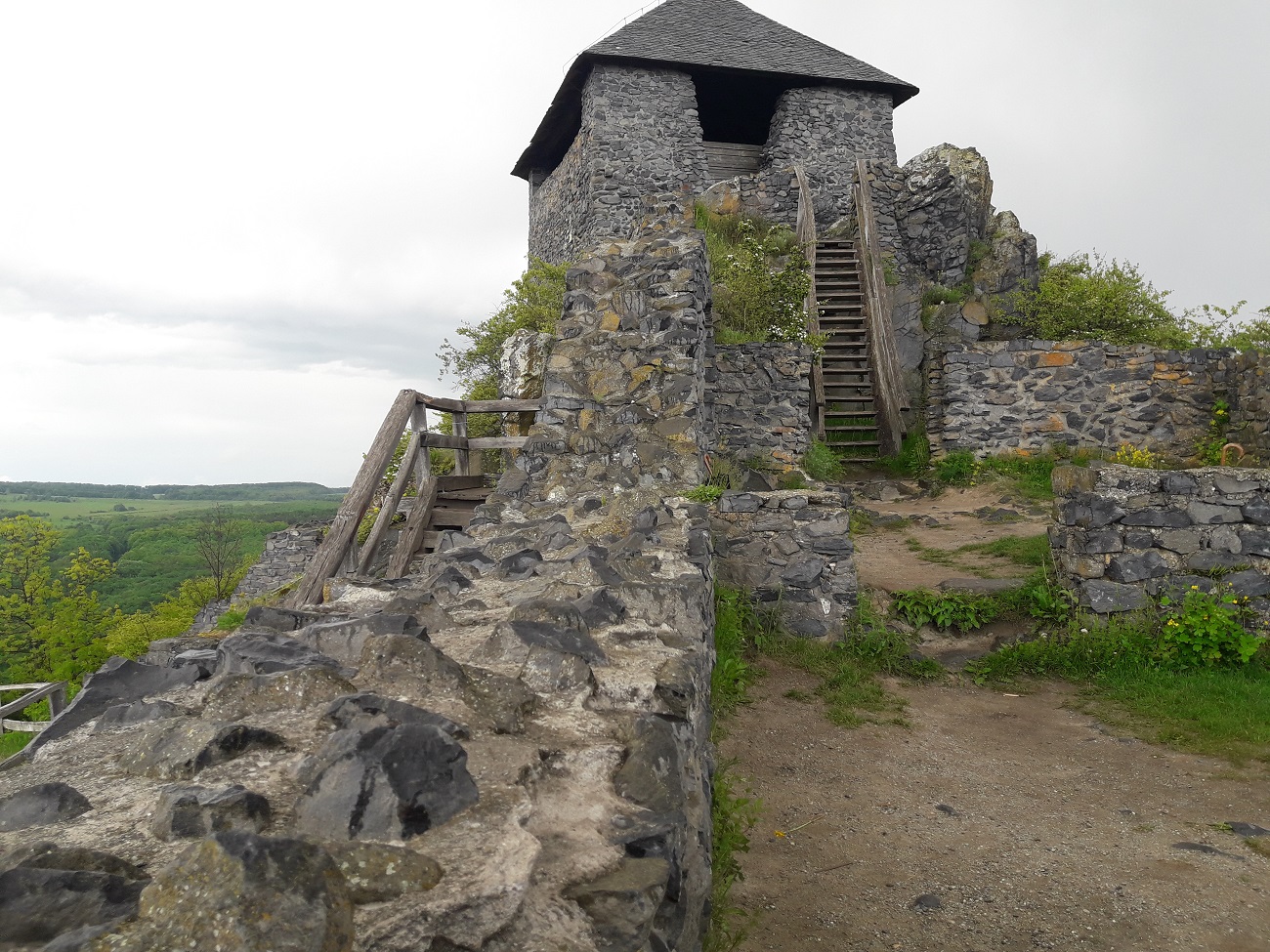
Reaching the skies.
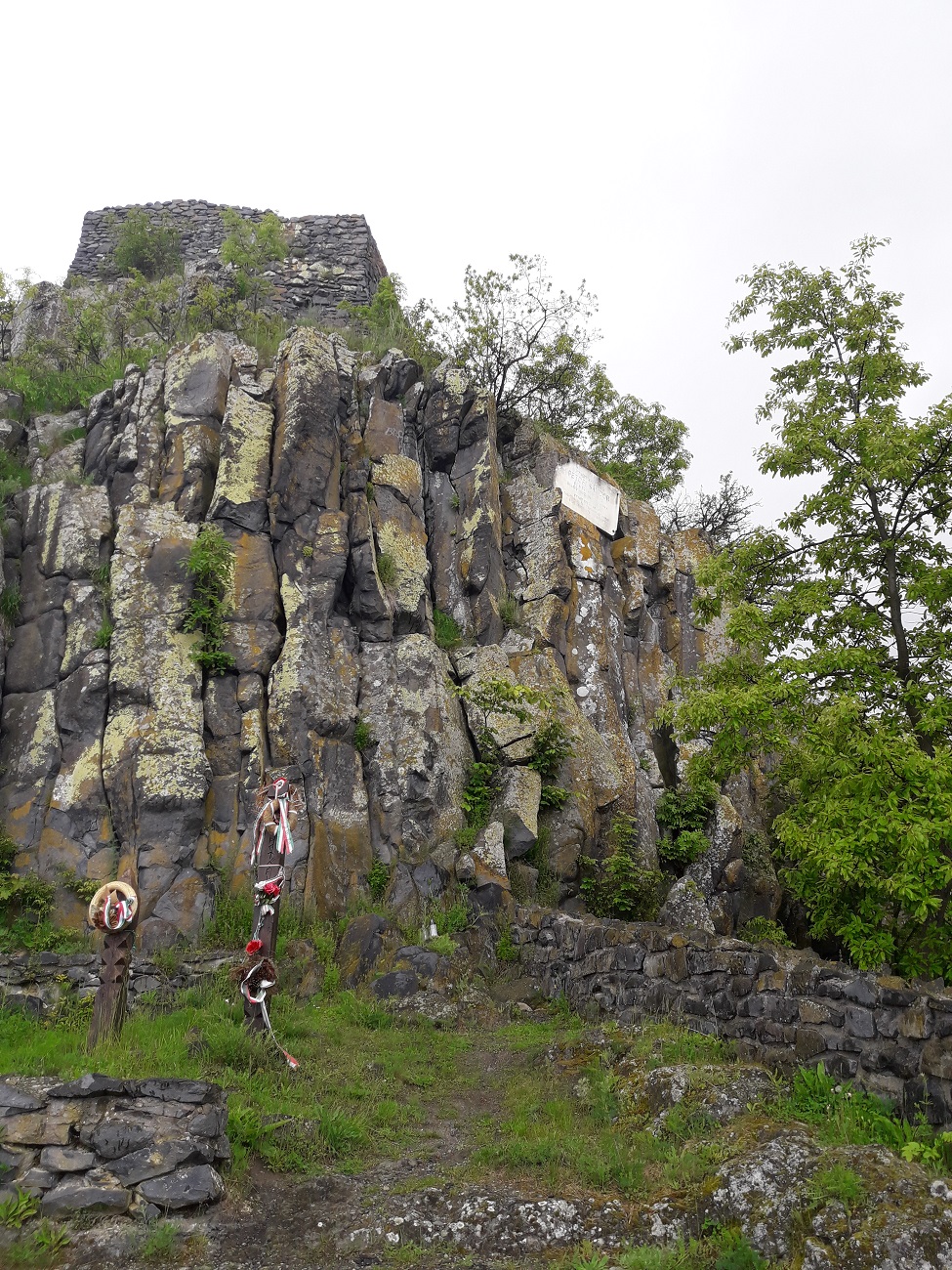
White plaque mentions Sandor Petofi visit
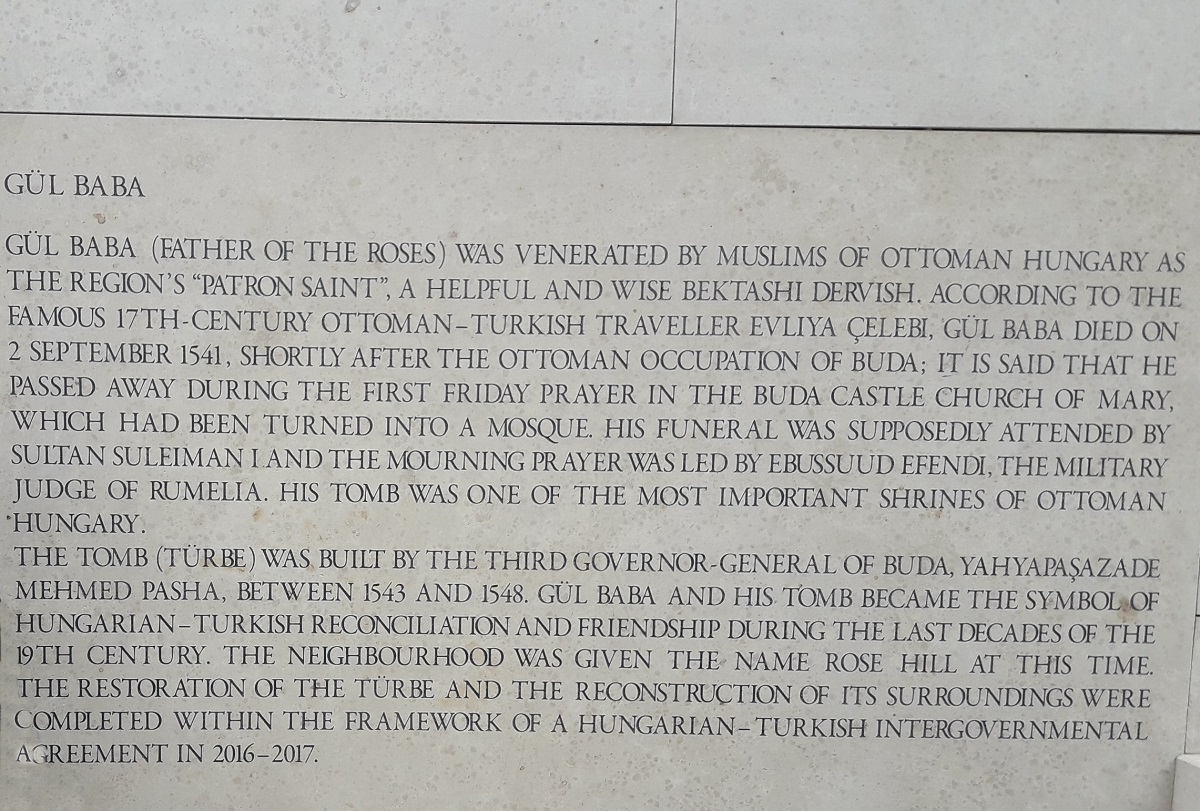
background and history of the tomb
